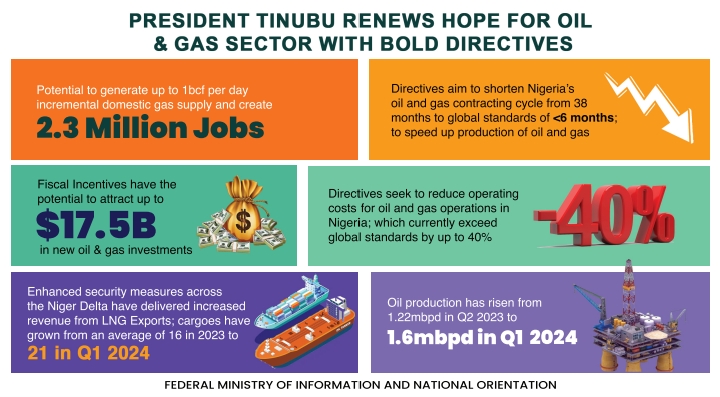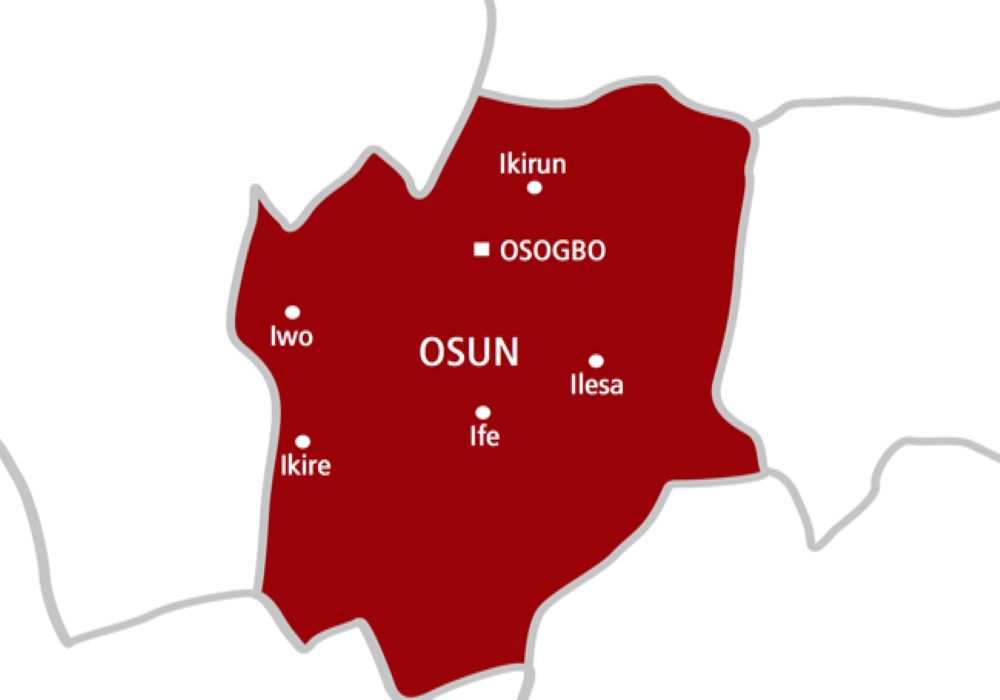Info Tech
Apple inproves 15-inch MacBook Pro with latest Intel chips and better battery life
NEW YORK – Apple’s MacBook Pro line has now gotten an entirely expected upgrade to current-generation Intel CPUs, just in time for the holiday shopping season. In our hands-on initial testing, these new 13-inch and 15-inch models look and feel just like the previous generation, but the promise of longer battery life, somewhat improved performance, faster Wi-Fi, and lower starting prices is enough to make this a significant overall update.
The high-end, high-price Retina Display versions of the MacBook Pro had previously been stuck in an unusual position. While other systems, from budget laptops to premium hybrids, had all moved onto Intel’s latest CPU platform, known as either the fourth-generation Core i-series or by the code name Haswell, the MacBook Pro still used last year’s processors.
 The first Mac systems to get Haswell were the 11-inch and 13-inch MacBook Air back in June 2013. The iMac all-in-one desktop followed. That left the more expensive MacBook Pro a generation behind its less expensive Air counterpart in CPU power and battery life. That’s important because our Labs testing has shown that Haswell offers significant improvements to battery life in PC and Mac systems. Apple promises 9 hours from the 13-inch model, and 8 hours from the 15-inch, and we’ll offer updated battery life scores as we test the new Pro models.
The first Mac systems to get Haswell were the 11-inch and 13-inch MacBook Air back in June 2013. The iMac all-in-one desktop followed. That left the more expensive MacBook Pro a generation behind its less expensive Air counterpart in CPU power and battery life. That’s important because our Labs testing has shown that Haswell offers significant improvements to battery life in PC and Mac systems. Apple promises 9 hours from the 13-inch model, and 8 hours from the 15-inch, and we’ll offer updated battery life scores as we test the new Pro models.
Note, however, that this update applies only to the thinner MacBook Pro models with Retina Displays. Currently only the 13-inch version of the “classic” MacBook Pro appears to be available for sale. The 15-inch version is presumably relegated to the same lonely afterlife as its 17-inch relative. For the sake of expediency, we’ll now refer to the current 13-inch and 15-inch Retina Display models simply as the MacBook Pro.
The flagship MacBook Pro with Retina Display retains its very high screen resolution, which results in crisper text and clearer photos (2,560×1,600 pixels for the 13-inch model, 2,880×1,800 for the 15-inch model). Unlike some Windows PCs with higher-res screens, OS X is more interested in scaling your onscreen content to look its best (or what Apple thinks will look best), rather than giving you full unfettered access to that very, very high resolution. The tile interface in Windows 8 does something similar with the handful of higher-res PCs now available.
Like the recent MacBook Air and iMac updates, the new MacBook Pro models feature 802.11ac Wi-Fi, faster PCIe solid-state drive (SSD) storage, and Thunderbolt 2 ports for data and video output.
We were pleasantly surprised when the 13-inch MacBook Air saw its starting price cut to $1,099 earlier this year. The MacBook Pro follows, with its prices going from $1,499 for the 13-inch version down to $1,299; and from $2,199 down to $1,999 for the 15-inch version. That’s a break from traditional Apple pricing, where prices would remain the same generation over generation, with updated components adding value.
The thin body, somewhere between a MacBook Air and the old MacBook Pro, remains the same, 0.71 inch thick in both screen sizes. Internally, you get a fourth-gen Intel CPU (Core i5 in the 13-inch, Core i7 in the 15-inch), and Intel’s latest onboard Iris and Iris Pro integrated graphics, although the 15-inch model has optional Nvidia GeForce 750M graphics.
The 13-inch MacBook Pro starts with 4GB of RAM and a 128GB SSD, while the 15-inch version defaults to 8GB RAM and a 256GB SSD (which Apple described as a “quarter terabyte”). Our review configuration of the 15-inch MacBook Pro is the step-up model (and it’s a big step) for $2,599, with a faster 2.3GHZ Core i7, 16GB of RAM, a 512GB SSD, and the Nvidia GeForce 750M GPU.
As in the first generation of these MacBook Pro models from 2012, the current versions exist somewhere between the chunkier idea of a “pro-level,” power user laptop and the slim ultrabook ideal. Denser than they look at first glance, they aren’t exactly a carry-all-day-every-day package, although one could conceivably pull that off with the 13-inch MacBook Pro.
For the very heights of premium laptop design, at least on the 13-inch front, look to the Samsung Ativ Book 9 Plus or the Acer Aspire S7, both of which pack high-end parts into very slim, sturdy, sexy bodies. That said, the price cut for the 13-inch MacBook Pro gives it a leg up on those.
The 15-inch MacBook Pro is more striking, especially considering its slim chassis can include a decent discrete graphics card. Still, from the outside at least, these are the same MacBook Pros as last year. Like the 2013 MacBook Air and iMac updates, the new features are internal in nature, or software-based, if you’re considering OS X Mavericks to be part of the overall package.
The keyboard and trackpad remain essentially the same as seen on the last several generations of MacBook. Other laptops have matched, but not surpassed, the backlit Apple keyboard. And the trackpad, with its multifinger gestures, remains the industry leader, even as Windows laptops move to more touch-screen controls, at least partially to compensate for the hassle of using a touch pad with Windows 8.
The Retina Display remains a main selling point, and crosses over between the iPhone, iPad, and MacBook Pro. Some new and upcoming Windows laptops go for even higher resolutions, and it’s not unreasonable to ask when we’ll see this trickle down to the MacBook Air line. The Retina screen is at its best when displaying text or professional photography. Videos rarely go past 1080p and most Mac games can’t display higher resolutions to begin with.
If you like the idea of investing in a higher-resolution laptop, and can live without an optical drive (a concession that seems more reasonable every day), the updated 2013 version of the Retina MacBook Pro, especially in its 15-inch incarnation, remains an irresistibly powerful yet comfortably portable laptop.
We’re currently running both the 13-inch and 15-inch MacBook Pro models through our benchmark and battery drain tests and will update this page with results and a review score.
Info Tech
ITREALMS E-Waste Dialogue Partners EPRON, EL-AS Tech, WEE-Eco

In efforts at spicing up the 2023 ITREALMS E-Waste Dialogue, the management of ITREALMS Media has partnered with E-waste Producer Responsibility Organization of Nigeria (EPRON) membership organisations for a day-long collection scheme of small electronic waste on Friday, December 15, 2023.
The EPRON members aligning their partnership with 2023 ITREALMS E-Waste Dialogue are EL-AS Tech Enterprises Limited and WEEE Eco-Friendly.
ITREALMS’ day-long collection scheme is part of the commemoration of 2023 international E-Waste Day (IEWD) within the ITREALMS E-Waste Dialogue with the theme “You Can Recycle Anything with a plug, battery or cable” at Welcome Centre Hotels, International Airport Road, Lagos.
Revealing this collaboration, the Group Executive Editor, ITREALMS Media, the organisers of the 2023 ITREALMS E-Waste Dialogue, Sir. Remmy Nweke, urged mobile device enthusiasts to come along with their devices that have reached their end-of-life to the venue for proper disposition by professionals who would also be on grounds to address some topical issues.
The collection of small electronic wastes especially mobile phones and like-devices, would be carried out by EPRON member organisation, EL-AS Tech Enterprises Limited as facilitated by ITREALMS Media group as part of this year’s ITREALMS E-Waste Dialogue on Friday, December 15, he added.
He disclosed that the exercise would commence at Welcome Centre Hotel by 9am till close of work hours the same day.
Nweke pointed out that the collection of small e-waste items would include mobile phones, pointers mouse, earpieces, rechargeable torches, phone chargers, to name a few.
Further, he said, that this initiative has become time-serving because some people may have missed any other opportunity before now for the year-long campaign, hence this awareness on e-Waste has to be continuous, “ITREALMS came up with this scheme.”
Nweke beckoned on Nigerians, especially mobile phone users, to leverage the opportunity in disposing of their mobile devices they no longer use, of course in exchange for a voucher or gift item.
In her reaction to this year’s day-long small waste collection, EPRON Executive Secretary, Mrs. Ibukun Faluyi, described the initiative as commendable, expressing confidence it would intensify the collection of end-of-life devices for proper disposition.
Mrs. Faluyi, also urged Nigerians to take advantage of this day-long collection of small wastes courtesy of ITREALMS Media.
Recalling for instance that in October 2022, EPRON had partnered SLOT alongside some UN agencies for collection of small e-waste items in Lagos, including the United Nations Information Centres (UNIC), United Nations Industrial Development Organization (UNIDO), International Labour Organisation (ILO), Lagos Waste Management Authority (LAWMA) and Lagos State Environmental Protection Agency (LASEPA).
This is even as the Executive Vice Chairman of the Nigerian Communications Commission (NCC) Dr. Aminu Maida and Director-General, National Environmental Standards and Regulations Enforcement Agency (NESREA), Prof. Aliyu Jauro, would both lead speakers at the 2023 ITREALMS E-Waste Dialogue slated for this Friday, December 15, in Lagos.
Info Tech
iPhone 15: Things To Know About Apple’s Newest Model
Today, September 12, the tech corporation Apple will introduce the iPhone 15, their newest iPhone model.
According to a Forbes story, this model, which will be introduced at the company’s “Wanderlust” event in Cupertino, California, will be available in four variations: the iPhone 15, iPhone 15 Plus, iPhone 15 Pro, and iPhone 15 Pro Max.
Here are five things you should know about the new iPhone 15 model.
1. The new model is made of titaniu, not stainless steel as some other Apple smartphone models, Senior research analyst at DIGITIMES, Luke Lin reports.
2. The Pro Max model will feature double the optical zoom on the iPhone 14 as it comes with a newly-introduced ‘periscope lens upgrade, performing 5-6x optical zoom.’
3. The Pro models will carry an A17 bionic chip expected to make it perform faster.
4. The iPhone 15 model will feature a USB-C charging port, the same port featured on some Android phone models.
5. Due to its titanium shell, the new model is anticipated to be more expensive to purchase. The following is the speculated price list, as reported by Forbes:
The iPhone 15 starts at $799, the iPhone 15 Plus at $899, the iPhone 15 Pro at $1,099 ($100 increase), and the iPhone 15 Pro Max at $1,299 ($200 increase).
Info Tech
FG Partner With Firm, Set To Introduce 500 Autogas-Powered Buses
In an effort to reduce the exorbitant cost of Premium Motor Spirit, better known as petrol, the Infrastructure Bank Plc announced its collaboration with FEMADEC Group on Monday to offer 500 buses powered by autogas (Compressed Natural Gas).
Partners in the agreement claimed that the project was created to provide citizens with dependable, affordable, and environmentally friendly travel options, taking into account the negative effects of the nationwide increase in PMS costs.
Under Decree No. 51 of the Federal Republic of Nigeria’s 1992 Constitution, the Infrastructure Bank, originally known as the Urban Development Bank of Nigeria Plc, was founded in 1992 to promote the quick development of infrastructure throughout the nation.
In a statement issued in Abuja on its partnership with FEMADEC, the bank said, “The preliminary offer extended by TIB lays a solid foundation for the expansion of FEMADEC Group’s CNG bus fleet.
“With plans to introduce 500 CNG buses within the next five years, commencing with an initial batch of 50 buses in the forthcoming year, this proposal stands poised to instigate significant change.
“The acceptance of this proposition by FEMADEC Group, notably championed by Fola Akinnola, the Group Chief Executive Officer, is a testament to their zeal and dedication to this alliance.”
The bank described the partnership as a “pivotal endeavour that is primed to redefine Nigeria’s public transportation landscape, offering dependable, cost-effective, and ecologically conscious travel alternatives for citizens, while harmonising with the nation’s broader sustainability ambitions.”
“This partnership represents a remarkable stride towards a more ecologically aware future for Nigeria’s transportation sector, highlighting the shared commitment of both TIB and FEMADEC Group to sustainable advancement and progress.”
It said FEMADEC Group’s strides in operating Compressed Natural Gas buses, including the existing fleet of 20 CNG buses under LAMATA, underscored their unwavering dedication to ecologically sound solutions, a commitment predating the fuel subsidy removal.
“Their leadership within the CNG value chain is undeniable, and the new alliance with TIB underscores their foresight.
“This partnership seamlessly aligns with TIB’s sustainability objectives, echoing their resolute endorsement of the government’s net-zero and climate change agenda.
“The bank’s aspiration to champion Nigeria’s infrastructure progress is evident in its endorsement of pivotal initiatives like this, yielding expansive positive impacts on both the environment and society,” the bank stated.
The bank added that it would continue to make a significant contribution to the country’s growth as a leading financial institution committed to advancing effective and long-lasting infrastructure projects.










